Hop-on Hop-off in Munich
August 9, 2014
Our hotel was close to a big transportation hub with the main bus station, train station and a subway station within a fifteen-minute walk. We decided to take a hop-on, hop-off bus tour. From the open double-decker bus, we were able to see main attractions as well as hop on and hop off at conveniently located stops around the city. Our guide pointed out historic galleries, churches, palaces and museums. It was a great way to get the lay of the land and basic information on some of the sights.
We hopped off at the Marienplatz, the heart of the city of Munich. The main historical square, full of grand buildings, great shops and outdoor cafes was bustling with people on a mission. I was very impressed with the bicycle friendly city and the rows and rows of bike racks everywhere. We were once again entertained by a mime standing atop a pedestal.
One of the first buildings that caught my eye was the New Town Hall with its world famous glockenspiel. The 300-foot long ornate building with hundreds of statues, turrets and arches looked like something out of the Middle Ages but was constructed between 1867 and 1909. Unlike many building in the area, it survived the bombs of World War II and served as a home to the city government and the Munich Tourism Office.
On our walk, we discovered Holy Ghost Church. The Gothic “Hall Church” was holding a summertime “Garden of Eden” display. Inside it was decorated with trees, bushes, flowers and an origami display of white doves suspended from the ceiling. It was a beautiful sight.
Since we were in the heart of Munich we had to explore the world-famous beer hall, Hofbrauhaus. It started out as a brewery, but in 1808, the brewery moved out and a 5,000-seat food and beer palace was built in its place. When we walked into the packed hall, it was standing room only. We wandered around and absorbed the ambiance of the grand hall. The beautifully painted arched ceilings and dark wood paneling on the lower walls dominated the room. Long wooden tables full of lively people downing beer and munching on Bavarian cuisine surrounded us. Servers dressed in traditional attire, zigzagged their way through the crowds with liter-steins of overflowing beer. We worked our way to the top floor where we found another huge beer hall, but it was not open for business. Its walls were covered with historical pictures, old menus and other memorabilia. I was happy we got to spend time in this great treasure, which was an essential part of Bavarian history and culture.
After lunch, we had one more place to visit, the Residenz. The Munich Residenz was the former royal palace of the Bavarian monarchs of the House of Wittelsbach from 1385 to 1918 and was the largest city palace in Germany. It was officially opened to the public in 1920. During World War II, the Residenz was destroyed but many of the masterpieces inside were moved to safety before the bombs hit the palace. Restoration began in 1945, and most of the rooms were reconstructed by the 1980s.
We started our walk through the 120-room residence; the first area we discovered was the Shell Grotto. This unusual display was built with fresh water shells in the 1580’s with a golden statue of Mercury as the centerpiece. The walls were covered in fish, mermaids, pots of flowers, and baskets of fruit all made of shells.
One of my favorite attractions was the Antiquarium. When I walked into the massive hall, I was captivated by the immense 66-meter long room. The ceilings and vaults above the windows were decorated with fresco paintings while sculptures and busts were lined along both sides of the walls. It was the oldest room in the Residenz complex and was built between 1568 and 1571 by Duke Albrecht V for his collection of antique sculptures. It was a wonderful place to sit and view works of art hundreds of years old.
On the upper floor, we were able to see the Wittelsbach’s lavish private apartments, banquet halls and ornate chapels. As we walked by room after room, we were taken back to past times when rulers lived in gilded Bavarian grandeur. Over the centuries, the Wittelsbachs amassed important collections of porcelain, silver, paintings and miniatures. Treasures of bronze sculptures, magnificent tapestries, rare furniture, candelabra and chandeliers were also collected. All of these could be viewed in over ninety rooms throughout the Residenz.
After walking around the grand palace for three hours, we were exhausted and had overdosed on opulence. It was time to hop on the bus and head to the beer garden for dinner.
Bis spater,
Kathy
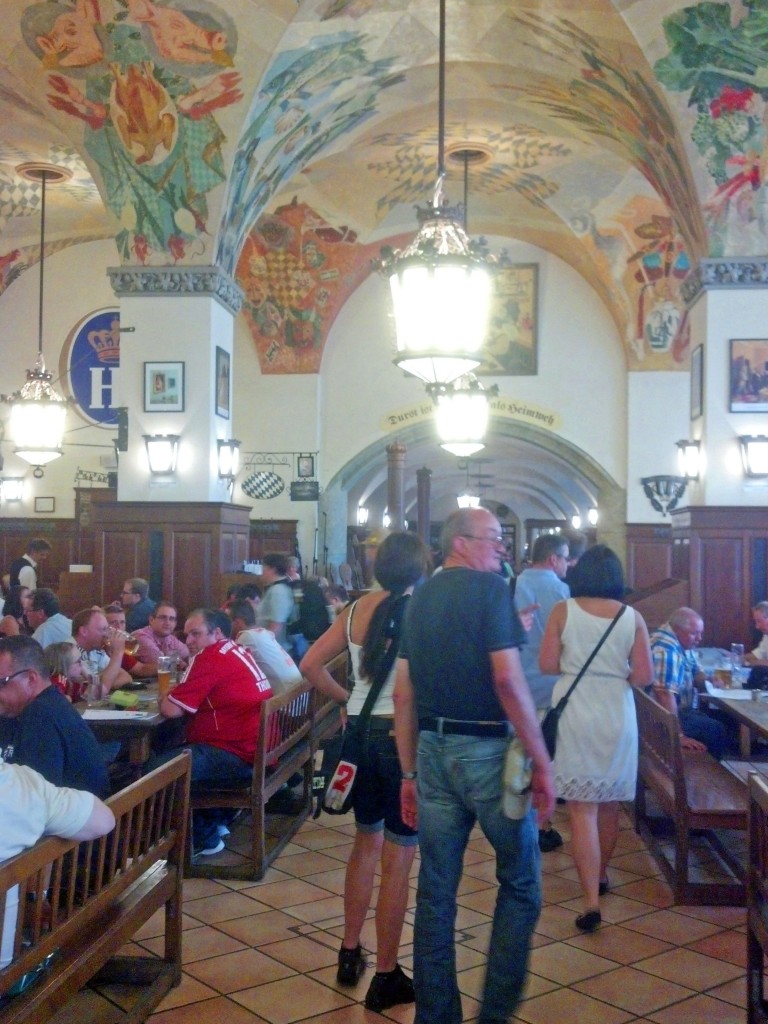
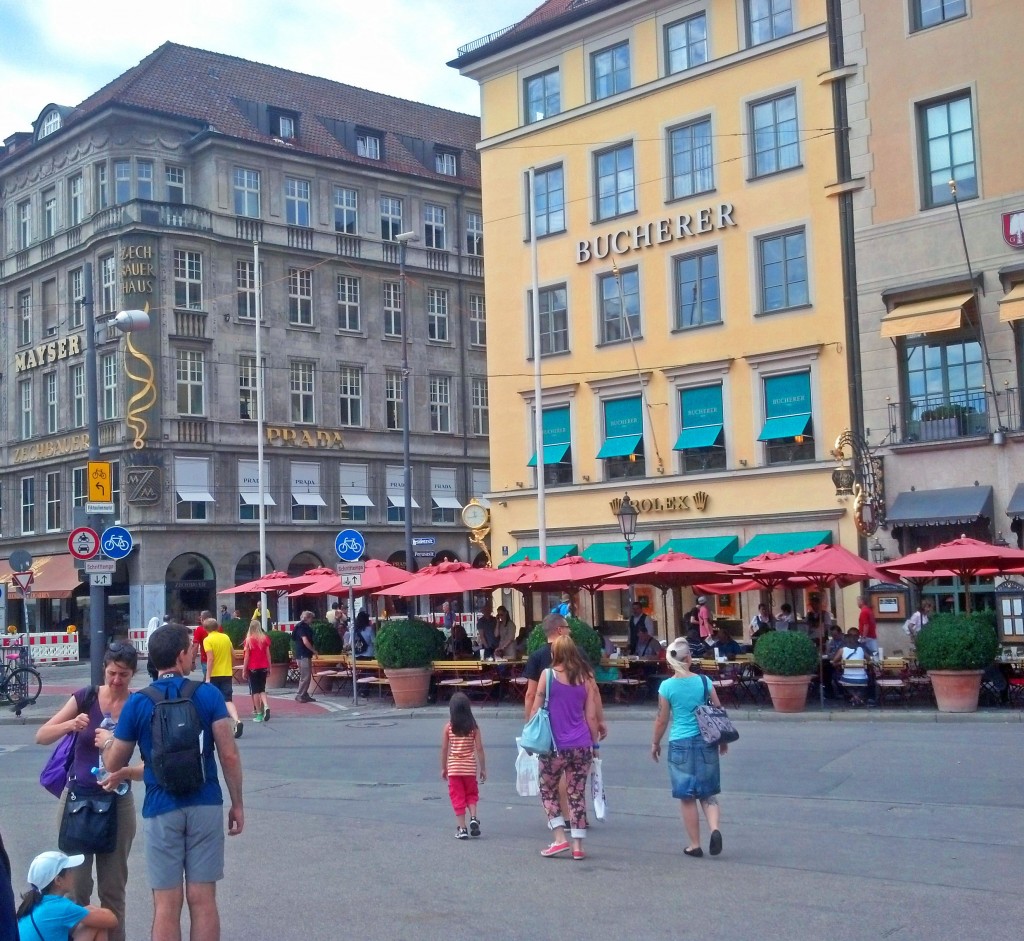
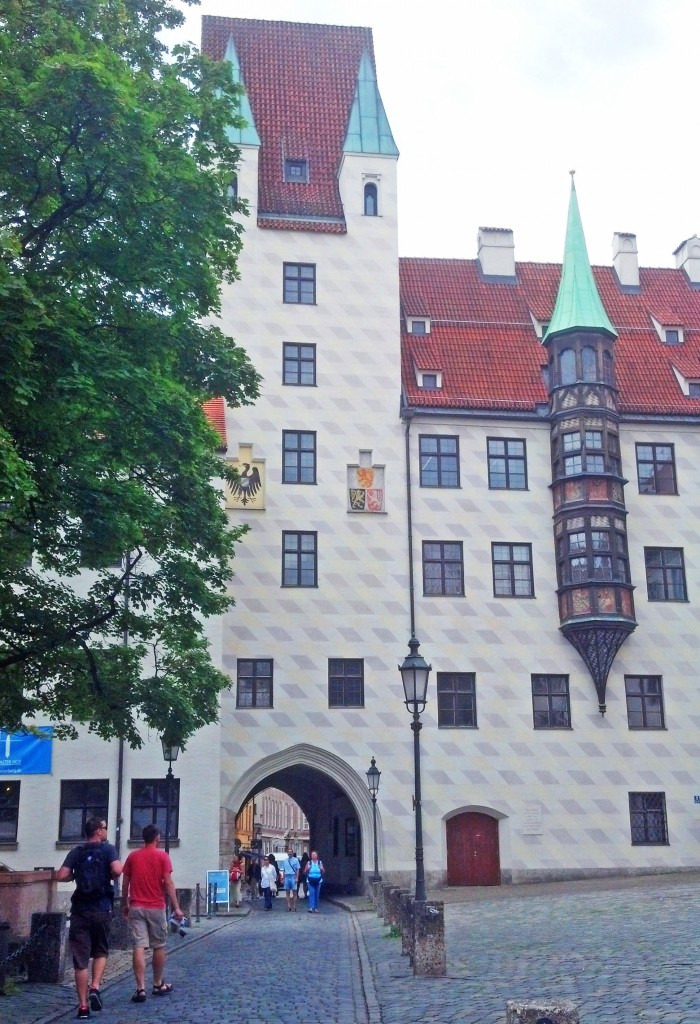

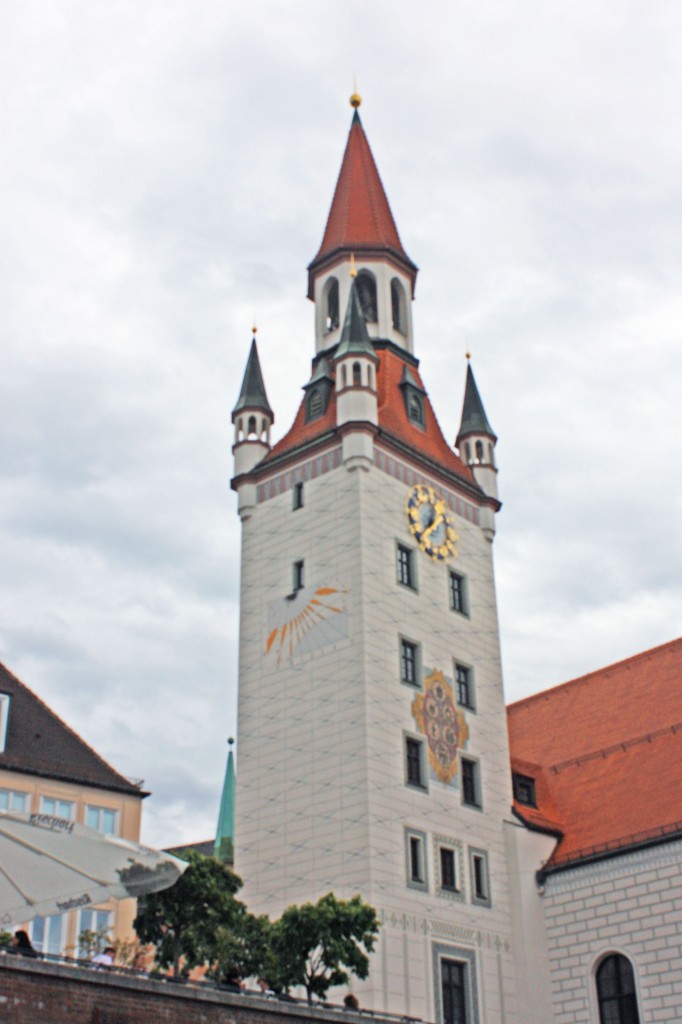
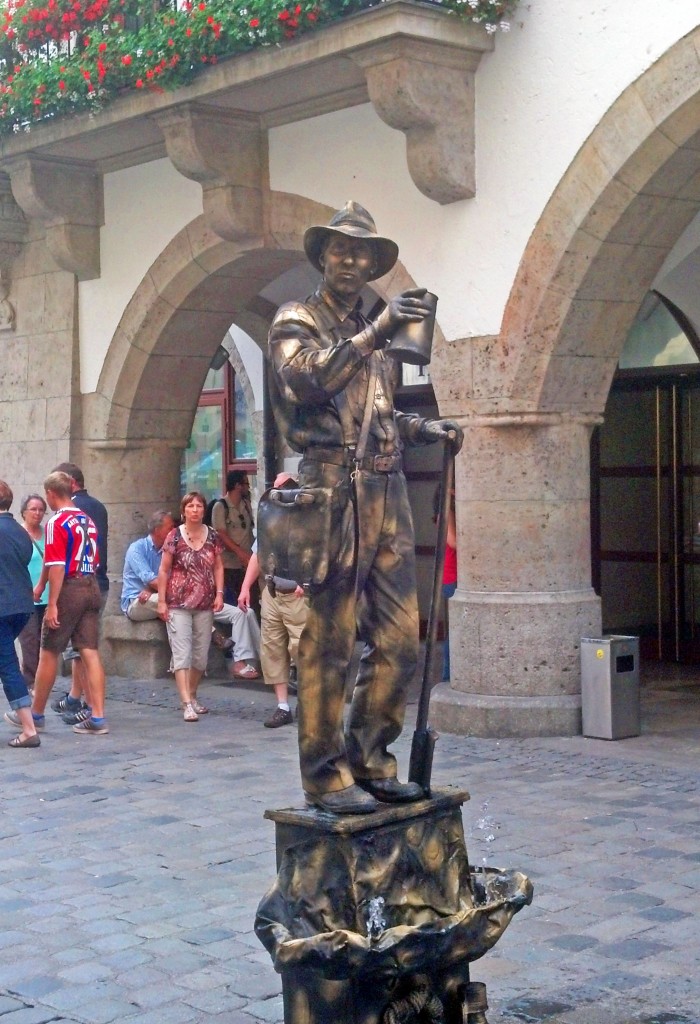

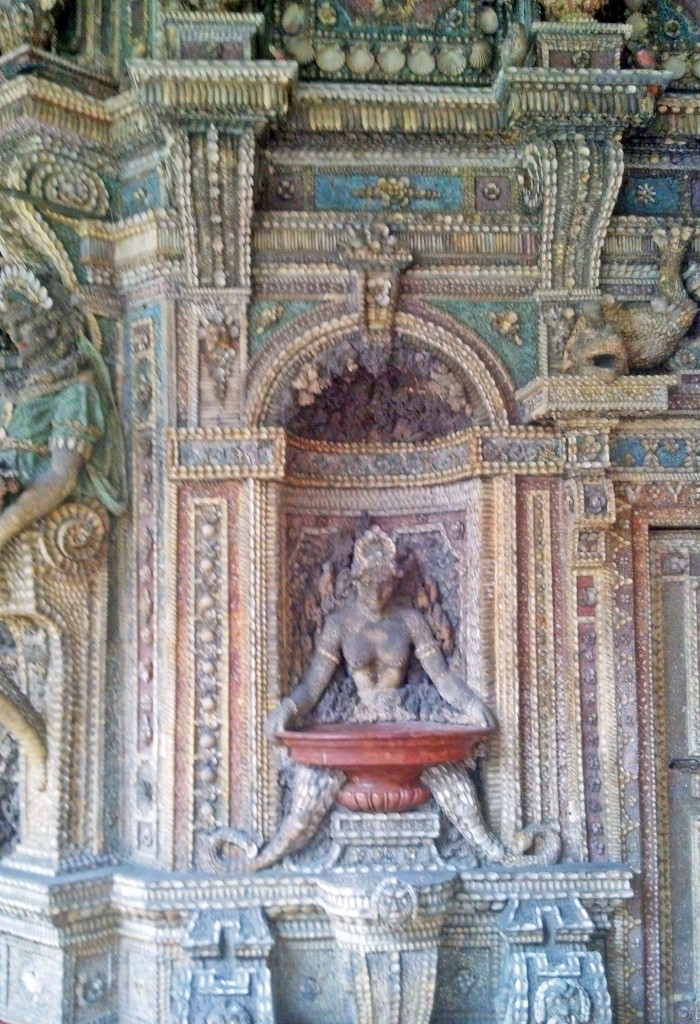
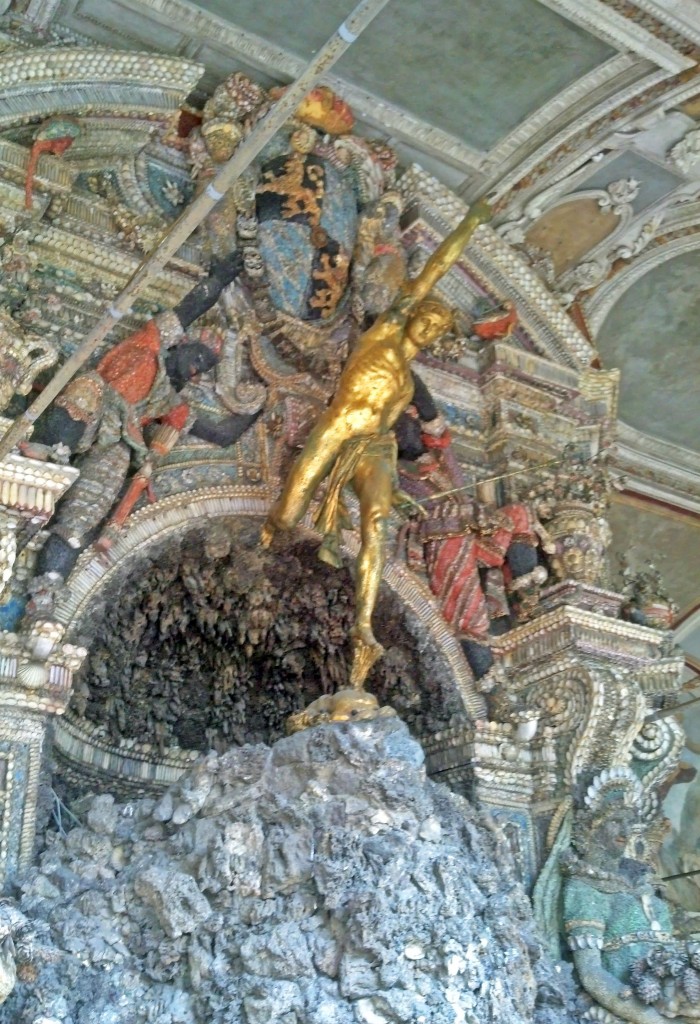
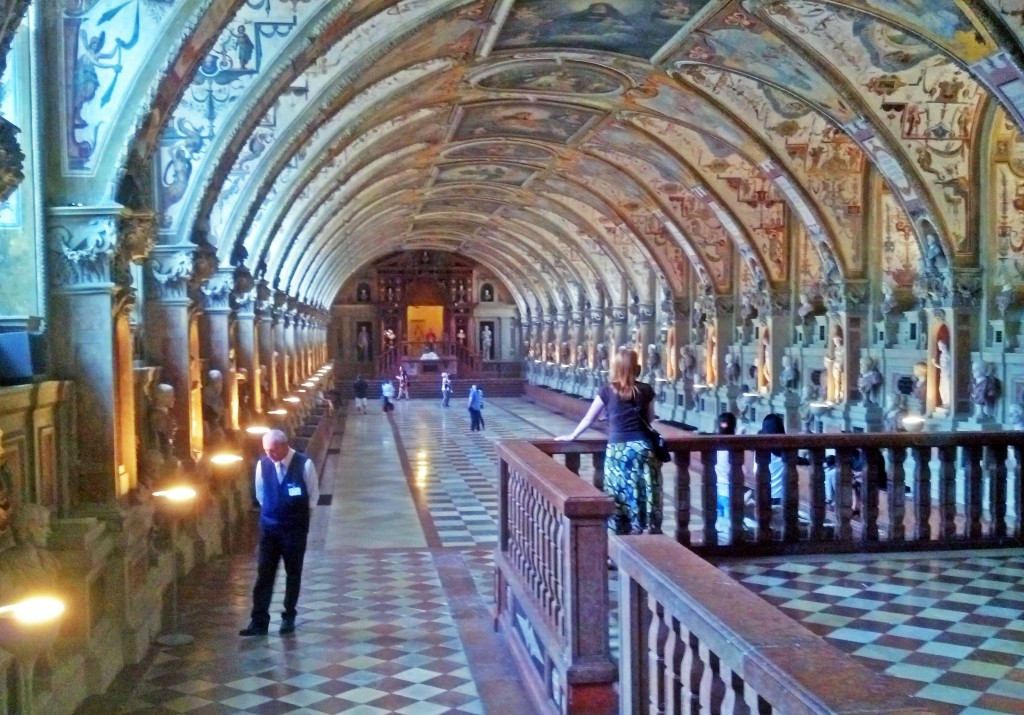
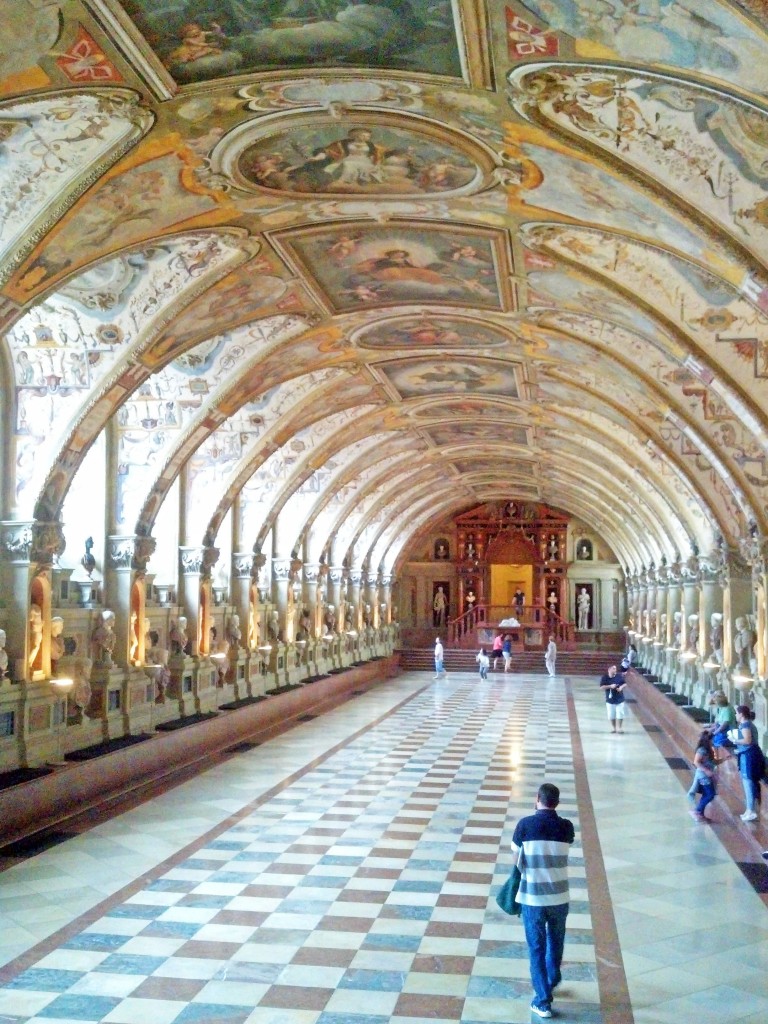
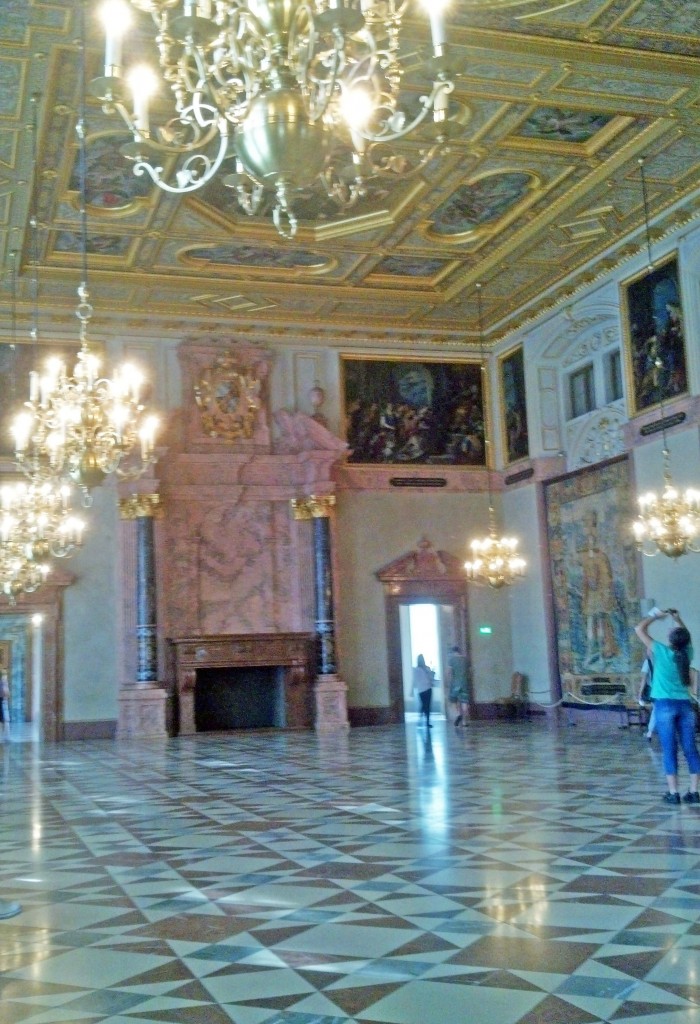
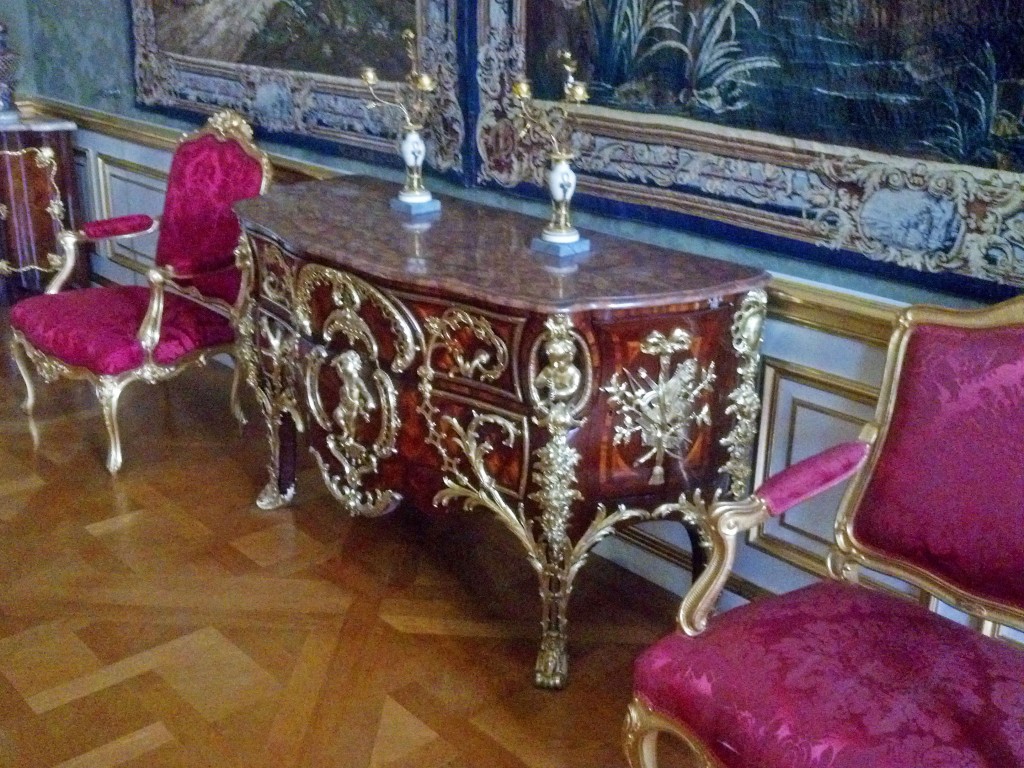
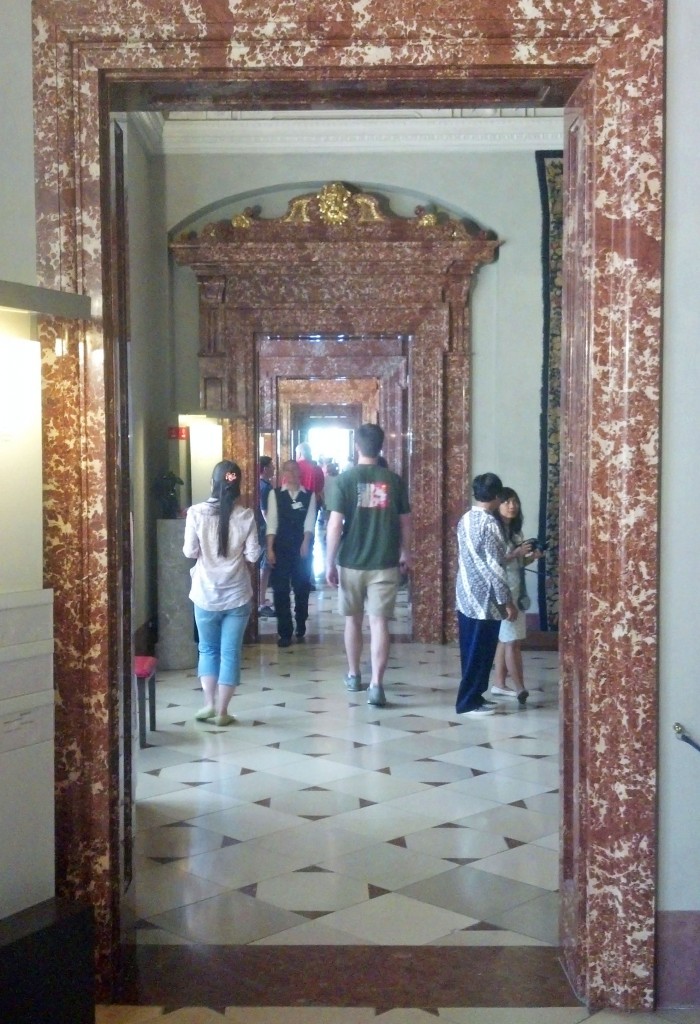
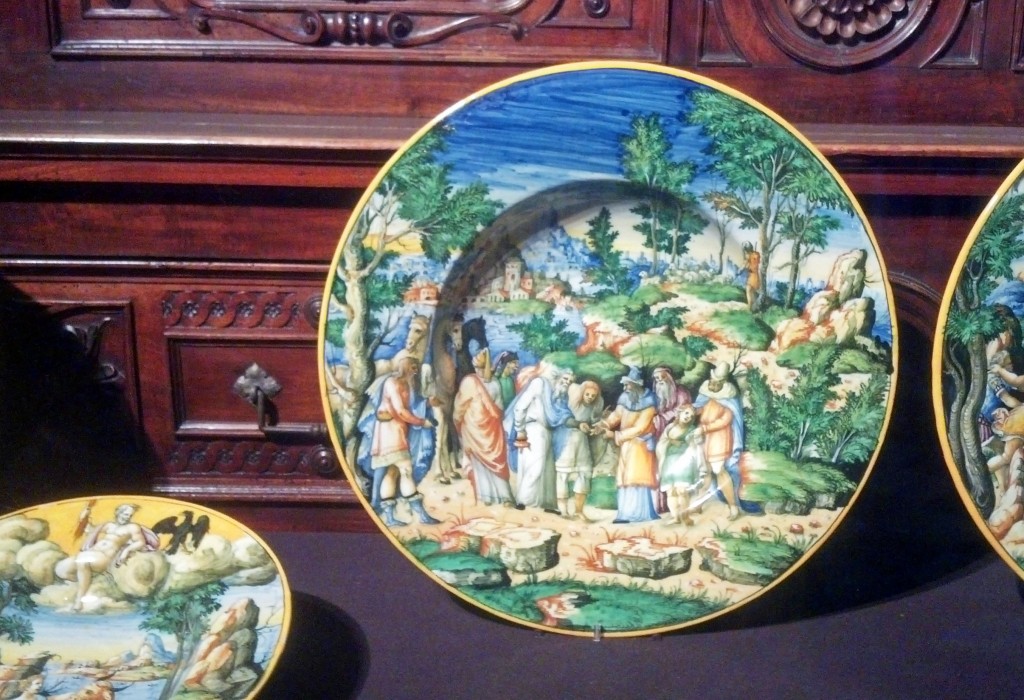
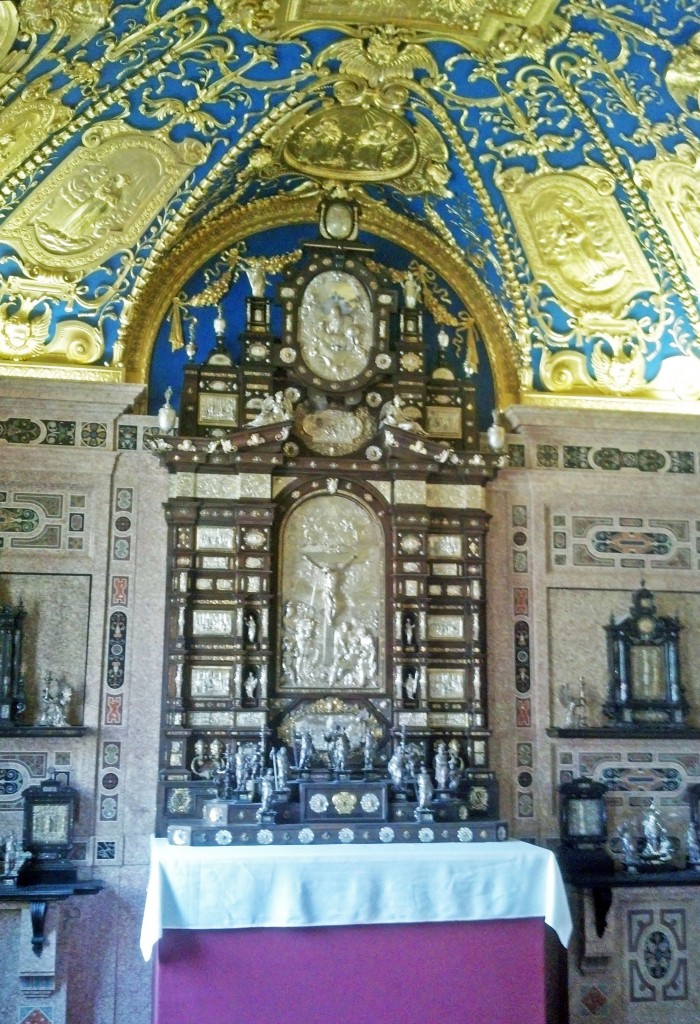
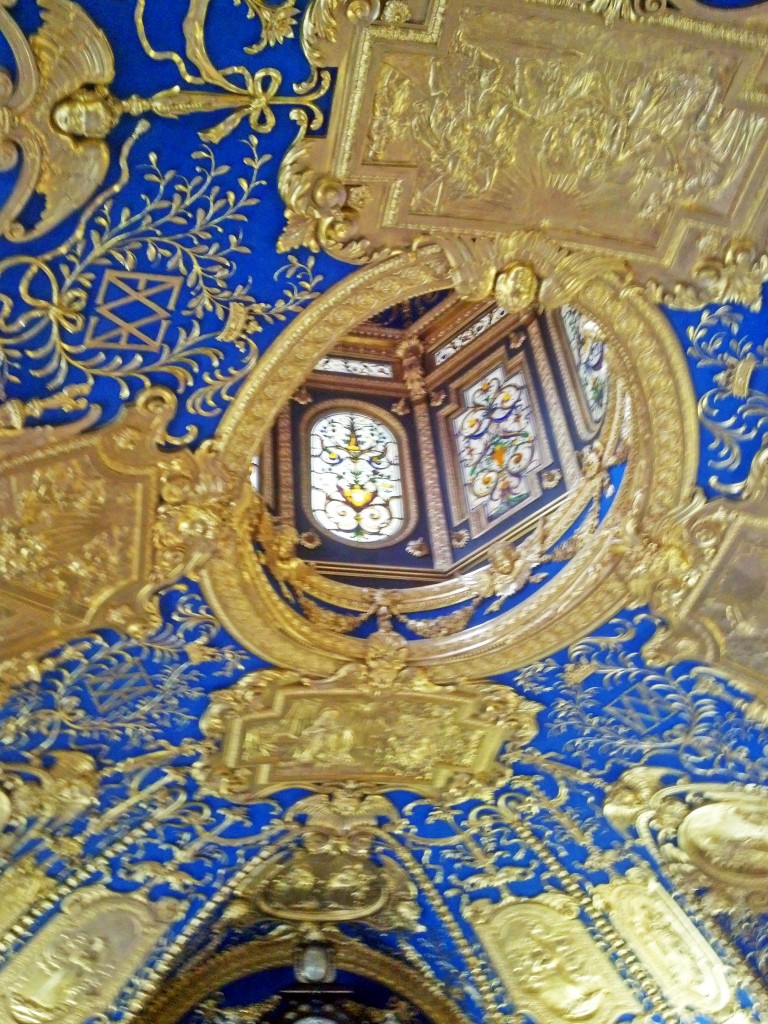


Leave a Reply